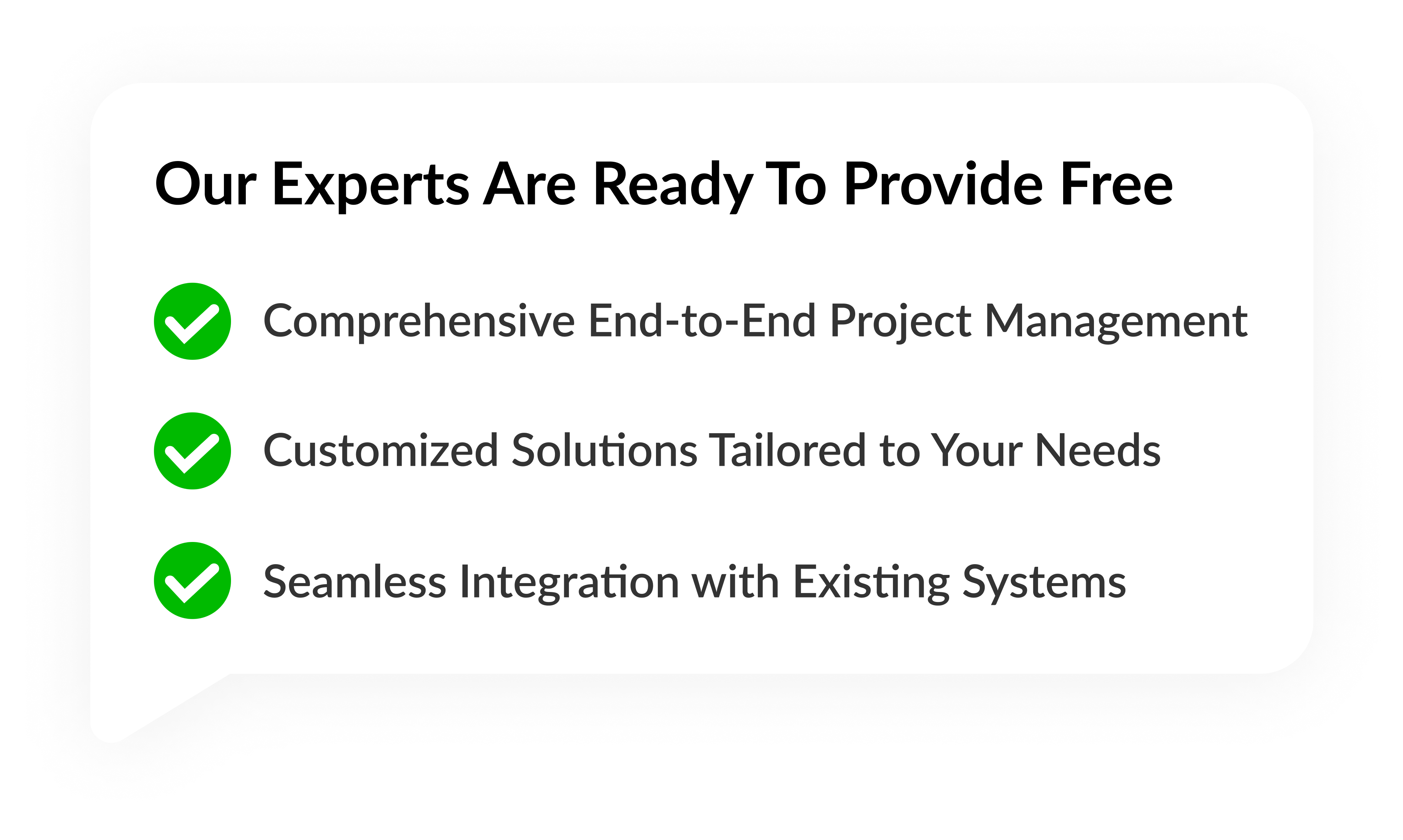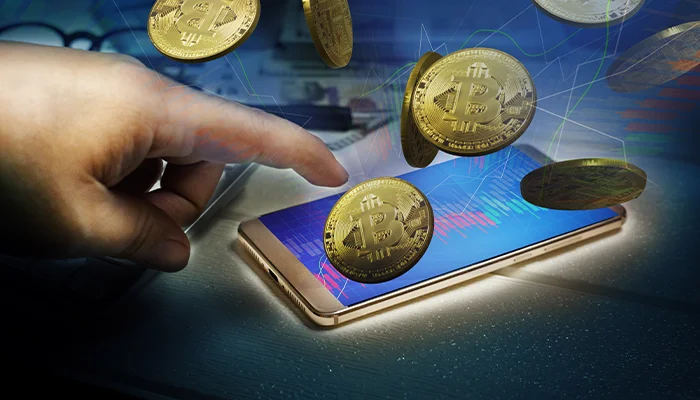
How to Develop a Secure Multi-Currency Wallet: A Complete Guide
March 28,
10:30 AM
The use of cryptocurrencies is growing, and many users now need wallets that support multiple digital currencies. A multi-currency wallet lets users store, send, and receive different cryptocurrencies in one place. Businesses and individuals are looking for multi cryptocurrency wallet development solutions to make transactions easier and more secure. Creating a multi-currency wallet requires planning, blockchain integration, and strong security measures.
What is a Multi-Currency Wallet?
A multi-currency wallet is an application that supports various cryptocurrencies. Unlike single-currency wallets, these allow users to manage different digital assets within one platform. This feature makes transactions more convenient and efficient.
Key Features of a Multi-Currency Wallet
To create a successful multi-currency wallet, you should include:
Support for Multiple Cryptocurrencies – Allow users to store and manage different digital assets like Bitcoin (BTC), Ethereum (ETH), and stablecoins.
Strong Security – Use encryption, multi-factor authentication, and private key protection.
User-Friendly Interface – Ensure a simple design for easy navigation.
Cross-Platform Compatibility – Make the wallet accessible on mobile (iOS, Android) and desktop.
Backup & Recovery – Provide options to back up private keys and recover lost funds.
Built-in Exchange – Enable currency conversions within the wallet.
Transaction History – Allow users to track past transactions.
QR Code Payments – Simplify the process of sending and receiving payments.
Steps to Develop a Multi-Currency Wallet
Creating a multi-currency wallet requires careful planning and execution. Below are the essential steps:
1. Define Your Project Goals
Start by defining your wallet’s purpose, target audience, and must-have features. Research competitors and market trends to understand user needs.
2. Select the Right Blockchain Networks
A multi-currency wallet must support various blockchain networks. Choose networks based on the cryptocurrencies you want to integrate, such as Ethereum, Bitcoin, and Binance Smart Chain.
3. Choose the Wallet Type
There are different types of wallets:
Hot Wallets – Connected to the internet for instant transactions.
Cold Wallets – Stored offline for extra security.
Web Wallets – Accessible through web browsers.
Mobile & Desktop Wallets – Downloadable apps for different devices.
4. Design the Wallet Architecture
A multi-currency wallet needs a strong architecture, including:
Front-end UI/UX – A simple and smooth user interface.
Back-end Development – Secure APIs for blockchain interactions.
Blockchain Nodes – Connecting the wallet to blockchain networks.
Database Management – Secure storage of user data and transaction history.
5. Implement Security Features
Security is crucial in crypto wallet development. Key security measures include:
End-to-End Encryption – Protects data transmission.
Private Key Management – Ensures users have control over their private keys.
Biometric Authentication – Uses fingerprint or facial recognition for extra protection.
Anti-Phishing Protection – Identifies and blocks malicious threats.
Multi-Signature Transactions – Requires multiple approvals for high-value transfers.
6. Develop the Core Wallet Features
The core functionalities of a multi-currency wallet include:
User Registration & Authentication – Secure sign-up and login.
Send & Receive Cryptocurrency – Enable wallet addresses and QR codes.
Transaction Notifications – Alert users about successful or failed transactions.
Token Management – Support multiple cryptocurrencies and tokens.
7. Integrate APIs
APIs enhance the wallet’s usability by enabling:
Live Exchange Rates – Fetch real-time cryptocurrency prices.
Blockchain Connectivity – Verify transactions quickly.
Push Notifications – Alert users of transactions and security updates.
8. Test the Wallet Thoroughly
Before launching, test the wallet to fix errors. Perform:
Functional Testing – Check if features work properly.
Security Testing – Identify vulnerabilities and strengthen security.
Performance Testing – Ensure fast transaction processing.
Device Compatibility Testing – Verify usability across different devices.
9. Launch the Wallet
Once testing is complete, deploy the wallet on cloud servers or app stores (Google Play, Apple App Store). Ensure compliance with legal standards before going live.
10. Provide Ongoing Support and Updates
After launching, continuous monitoring and updates are necessary to:
Fix bugs and enhance security.
Improve performance.
Add new features based on user feedback.
Why Work with an App Development Company?
Creating a multi-currency wallet requires expertise in blockchain, security, and design. Hiring an app development company ensures a smooth and secure wallet development process.
Benefits of Working with Experts
Custom Features – Tailored solutions to meet your business needs.
Experienced Developers – Professionals skilled in blockchain integration.
Regulatory Compliance – Ensure your wallet meets legal standards.
Ongoing Maintenance – Get post-launch updates and support.
Conclusion
Developing a multi-currency wallet involves careful planning, blockchain integration, and strong security measures. With increasing demand for digital wallet development, businesses must focus on creating secure and user-friendly solutions.
If you want a multi cryptocurrency wallet development solution, working with a professional app development company can help you build a secure and efficient wallet. Whether you're an entrepreneur or a business looking to integrate crypto wallet development, a well-planned approach will lead to success.




Blockchain Solution
Launching
- Market Research & Analysis
- Strategic Planning
- Branding
- Content Creation
- Social Media Marketing
- Analytics and Reporting
Testing
- Unit Testing
- Integration Testing
- Smoke Testing
- Security Testing
- Recovery Testing
- System Testing
- Regression Testing
- Performance and Load Testing
- UAT User Acceptance Testing
Maintenance
- Security Updates
- Performance Optimization
- Database Management
- Monitoring & Reporting End-of-Life Planning
Contact US!
Copyright © 2025 PerfectionGeeks Technologies | All Rights Reserved | Policy
Contact US!
India 
Plot 378-379, Udyog Vihar Phase 4 Rd, near nokia building, Electronic City, Sector 19, Haryana 122022
Copyright © 2025 PerfectionGeeks Technologies | All Rights Reserved | Policy




